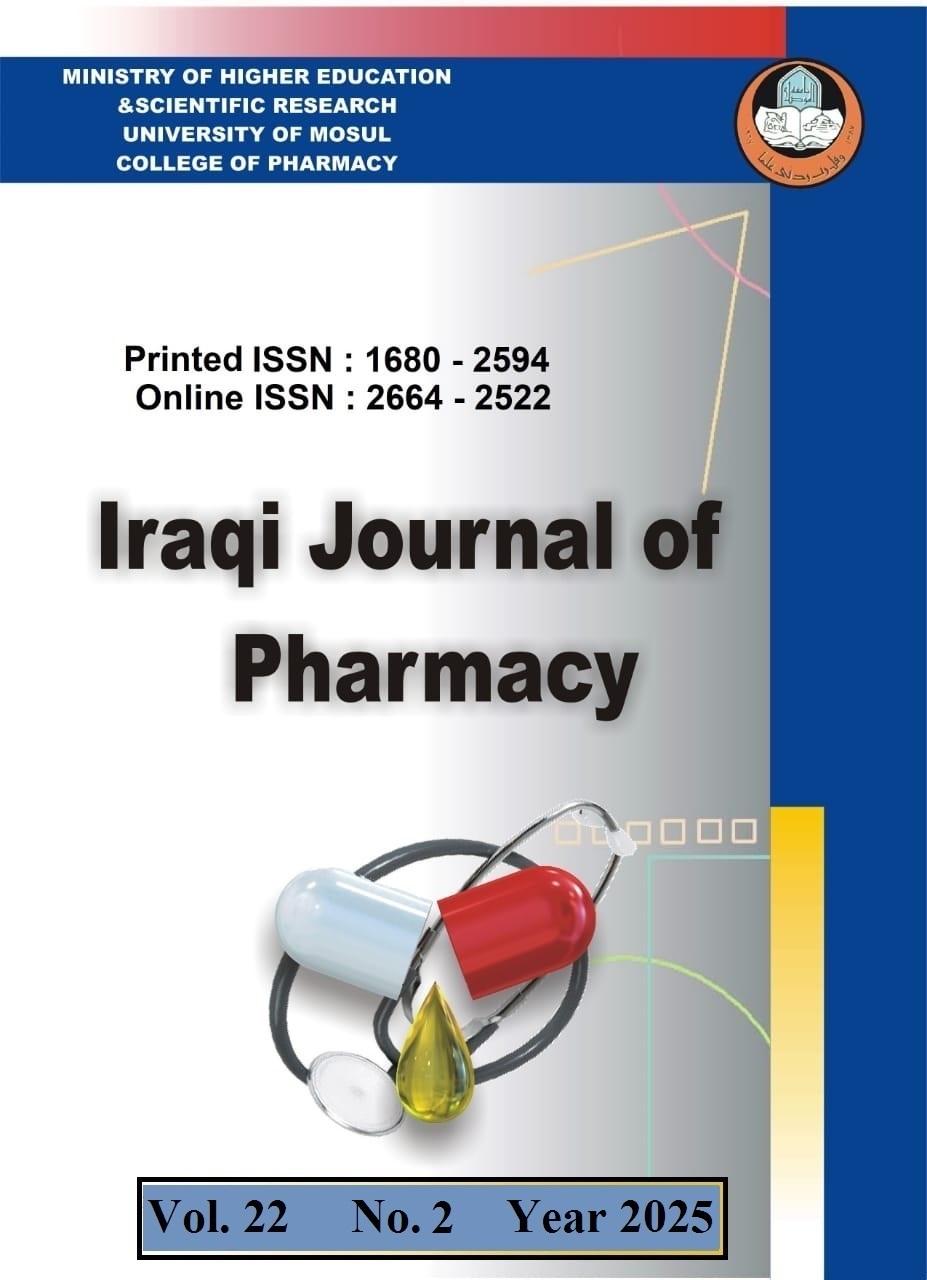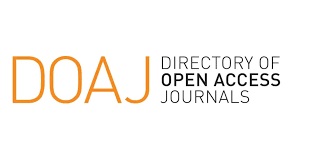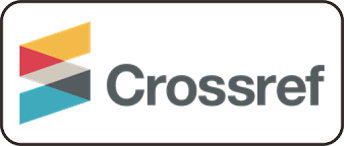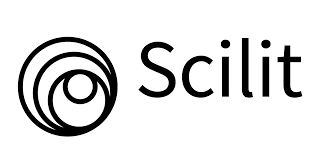Doxorubicin Cardiotoxicity: An Update Regarding the Mechanism of Toxicity and Mitigation Strategies of Bee Propolis
Abstract
Introduction: Doxorubicin (Dox.) is a very effective antineoplastic agent for treating various tumours. It produces an anti-cancer mechanism through the intercalation of DNA and reducing topoisomerase II enzyme activity in fast-proliferating cancers. However, Dox. is associated with limited-use adverse effects specifically accumulative and dose-dependent heart toxicity which is the underlying cause for increasing the risk of mortality in cancer patients that use this kind of anticancer. Results: Many related mechanisms have been suggested for Dox.-induced cardiac toxicity such as oxidative stress and deteriorated mitochondrial function, a disturbance in iron regulatory protein [(IRP)-1], the release of nitric oxide, autophagy and dysregulation of Ca2+ level. Unfortunately, there is no clinically approved protective agent against Dox.-induced cardiotoxicity has been discovered yet. Aim: The current review attempts to focus on collecting information related to the mechanism of stimulating heart disease resulting from the use of Dox. and trying to understand it at the molecular level and addressing the most important compounds, especially the natural ones, and their proposed mechanism of action against Dox.-induced heart toxicity. Conclusion: Dox. still one of the most effective anticancer medications. Due to its undesirable cardiotoxicity and the lack of effective preventative methods, Dox. uses could increase the risk of death and restrict its potential clinical applications. Many mechanisms have been implicated in Dox.-induced cardiac toxicity. Therefore, targeting this alteration using bee propolis has shown strong protective effects against the cardiotoxicity of Dox. and the decrease the death rate among patients suffering from cancer.
References
- Ahmed R, Tanvir EM, Hossen MS, Afroz R, Ahmmed I, Rumpa NEN, et al. Antioxidant properties and cardioprotective mechanism of Malaysian propolis in rats. Evidence-based Complementary and Alternative Medicine. 2017;2017.
- Alkuraishy HM, Al-Gareeb AI, Akeel Al-hussaniy H. Doxorubicin-Induced Cardiotoxicity: Molecular Mechanism and Protection by Conventional Drugs and Natural Products. International Journal of Clinical Oncology and Cancer Research. 2017;2(2):3144.
- Asgharpour F, Moghadamnia AA, Motallebnejad M, Nouri HR. Propolis attenuates lipopolysaccharide-induced inflammatory responses through intracellular ROS and NO levels along with downregulation of IL-1 and IL-6 expressions in murine RAW 264.7 macrophages. Journal of Food Biochemistry. 2019;43(8):e12926.
- Bartlett JJ, Trivedi PC, Yeung P, Kienesberger PC, Pulinilkunnil T. Doxorubicin impairs cardiomyocyte viability by suppressing transcription factor EB expression and disrupting autophagy. Biochemical Journal. 2016;473(21):376989.
- Benkovic V, Horvat Knezevic A, Brozovic G, Knezevic F, Dikic D, Bevanda M, et al. Enhanced antitumor activity of irinotecan combined with propolis and its polyphenolic compounds on Ehrlich ascites tumor in mice. Biomedicine and Pharmacotherapy. 2007;61(5):2927.
- Braakhuis A. Evidence on the health benefits of supplemental propolis. Nutrients. 2019;11(11):2705.
- Calabrese V, Menna P, Annibali O, Armento G, Carpino A, Cerchiara E, et al. Early Diastolic Dysfunction after Cancer Chemotherapy: Primary Endpoint Results of a Multicenter Cardio-Oncology Study. Chemotherapy. 2018;63(2):5563.
- Carvalho RA, Sousa RPB, Cadete VJJ, Lopaschuk GD, Palmeira CMM, Bjork JA, et al. Metabolic remodeling associated with subchronic doxorubicin cardiomyopathy. Toxicology. 2010;270(23):928.
- Chatterjee K, Zhang J, Honbo N, Karliner JS. Doxorubicin cardiomyopathy. Cardiology. 2010;115(2):15562.
- Chen Y, Huang T, Shi W, Fang J, Deng H, Cui G. Potential targets for intervention against doxorubicin-induced cardiotoxicity based on genetic studies: a systematic review of the literature. Journal of Molecular and Cellular Cardiology. 2020;138:8898.
- Curigliano G, Cardinale D, Dent S, Criscitiello C, Aseyev O, Lenihan D, et al. Cardiotoxicity of anticancer treatments: Epidemiology, detection, and management. CA: A Cancer Journal for Clinicians. 2016;66(4):30925.
- El Menyiy N, Al-Wali N, El Ghouizi A, El-Guendouz S, Salom K, Lyoussi B. Potential therapeutic effect of Moroccan propolis in hyperglycemia, dyslipidemia, and hepatorenal dysfunction in diabetic rats. Iranian Journal of Basic Medical Sciences. 2019;22(11):13319.
- Gal AF, Stan L, Tbran F, Rugin D, Ctoi AF, Andrei S. Chemopreventive Effects of Propolis in the MNU-Induced Rat Mammary Tumor Model. Oxidative Medicine and Cellular Longevity. 2020;2020.
- Gazeri A, Aminzadeh A. Protective effects of deferoxamine on lead-induced cardiotoxicity in rats. Toxicology and Industrial Health. 2020;36(10):8006.
- Ghigo A, Li M, Hirsch E. New signal transduction paradigms in anthracycline-induced cardiotoxicity. Biochimica et Biophysica Acta - Molecular Cell Research. 2016;1863(7):191625.
- Hozayen WG, Seif HSA, Amin S. Protective Effects of Ruitn and / or Hesperidin Against Doxorubicin-Induced Hepatotoxicity. International Journal of Clinical Nutrition. 2014;2(1):117.
- Hrdina R, Gersl V, Klimtov I, Simunek T, Machackova J, Adamcov M. Anthracycline-induced cardiotoxicity. ACTA MEDICA-HRADEC KRALOVE-. 2000;43(3):7582.
- Ingwall JS. Energy metabolism in heart failure and remodelling. Cardiovascular Research. 2009;81(3):4129.
- Kalivendi S V., Kotamraju S, Zhao H, Joseph J, Kalyanaraman B. Doxorubicin-induced apoptosis is associated with increased transcription of endothelial nitric-oxide synthase: Effect of antiapoptotic antioxidants and calcium. Journal of Biological Chemistry. 2001;276(50):4726676.
- Kashfi K, Israel M, Sweatman TW, Seshadri R, Cook GA. Inhibition of mitochondrial carnitine palmitoyltransferases by adriamycin and adriamycin analogues. Biochemical Pharmacology. 1990;40(7):14418.
- Koleini N, Kardami E. Autophagy and mitophagy in the context of doxorubicin-induced cardiotoxicity. Oncotarget. 2017;8(28):4666380.
- Lekli I, Haines DD, Balla G, Tosaki A. Autophagy: an adaptive physiological countermeasure to cellular senescence and ischaemia/reperfusion-associated cardiac arrhythmias. Journal of Cellular and Molecular Medicine. 2017;21(6):105872.
- Li Z, Song Y, Liu L, Hou N, An X, Zhan D, et al. MiR-199a impairs autophagy and induces cardiac hypertrophy through mTOR activation. Cell Death and Differentiation. 2017;24(7):120513.
- Liu P, Bao HY, Jin CC, Zhou JC, Hua F, Li K, et al. Targeting Extracellular Heat Shock Protein 70 Ameliorates Doxorubicin-Induced Heart Failure Through Resolution of Toll-Like Receptor 2Mediated Myocardial Inflammation. Journal of the American Heart Association. 2019;8(20):e012338.
- Marcucci MC. Propolis: chemical composition, biological properties and therapeutic activity. Apidologie. 1995;26(2):8399.
- Mitry MA, Edwards JG. Doxorubicin induced heart failure: Phenotype and molecular mechanisms. IJC Heart and Vasculature. 2016;10:1724.
- Mohamed EK, Osman AA, Moghazy AM, Abdel Rahman AAS. Propolis protective effects against doxorubicin-induced multi-organ toxicity via suppression of oxidative stress, inflammation, apoptosis, and histopathological alterations in female albino rats. Biointerface Research in Applied Chemistry. 2022;12(2):176277.
- Najeem Eldeen A, Mahmood Mohammed M, Dakhel M. Evaluation of the clinical effect of melatonin on oxidative stress markers in patients with lead poisoning. Iraqi Journal of Pharmacy. 2010;9(1):1620.
- Octavia Y, Tocchetti CG, Gabrielson KL, Janssens S, Crijns HJ, Moens AL. Doxorubicin-induced cardiomyopathy: From molecular mechanisms to therapeutic strategies. Journal of Molecular and Cellular Cardiology. 2012;52(6):121325.
- Pommier Y, Leo E, Zhang H, Marchand C. DNA topoisomerases and their poisoning by anticancer and antibacterial drugs. Chemistry and Biology. 2010;17(5):42133.
- Raj S, Franco VI, Lipshultz SE. Anthracycline-induced cardiotoxicity: a review of pathophysiology, diagnosis, and treatment. Current treatment options in cardiovascular medicine. 2014;16:114.
- Rawat PS, Jaiswal A, Khurana A, Bhatti JS, Navik U. Doxorubicin-induced cardiotoxicity: An update on the molecular mechanism and novel therapeutic strategies for effective management. Biomedicine and Pharmacotherapy. 2021;139:111708.
- Renu K, Abilash VG, PB TP, Arunachalam S. Molecular mechanism of doxorubicin-induced cardiomyopathyAn update. European journal of pharmacology. 2018;818:24153.
- Sadurska E. Current Views on Anthracycline Cardiotoxicity in Childhood Cancer Survivors. Pediatric Cardiology. 2015;36(6):11129.
- Salvatorelli E, Menna P, Chello M, Covino E, Minotti G. Modeling human myocardium exposure to doxorubicin defines the risk of heart failure from low-dose doxorubicin. Journal of Pharmacology and Experimental Therapeutics. 2017;362(2):26370.
- Sameni HR, Ramhormozi P, Bandegi AR, Taherian AA, Mirmohammadkhani M, Safari M. Effects of ethanol extract of propolis on histopathological changes and anti-oxidant defense of kidney in a rat model for type 1 diabetes mellitus. Journal of Diabetes Investigation. 2016;7(4):50613.
- Santos DS dos, Goldenberg RC dos S. Doxorubicin-Induced Cardiotoxicity: From Mechanisms to Development of Efficient Therapy. Cardiotoxicity. 2018;324.
- Schlame M, Rua D, Greenberg ML. The biosynthesis and functional role of cardiolipin. Progress in Lipid Research. 2000;39(3):25788.
- Shan YX, Liu TJ, Su HF, Samsamshariat A, Mestril R, Wang PH. Hsp10 and Hsp60 modulate Bcl-2 family and mitochondria apoptosis signaling induced by doxorubicin in cardiac muscle cells. Journal of Molecular and Cellular Cardiology. 2003;35(9):113543.
- Shi Y, Moon M, Dawood S, McManus B, Liu PP. Mechanismen und Management der Doxorubicinkardiotoxiztt. Herz. 2011;36:296305.
- imnek T, trba M, Popelov O, Adamcov M, Hrdina R, Geri V. Anthracycline-induced cardiotoxicity: Overview of studies examining the roles of oxidative stress and free cellular iron. Pharmacological Reports. 2009;61(1):15471.
- Spallarossa P, Altieri P, Garibaldi S, Ghigliotti G, Barisione C, Manca V, et al. Matrix metalloproteinase-2 and -9 are induced differently by doxorubicin in H9c2 cells: The role of MAP kinases and NAD(P)H oxidase. Cardiovascular Research. 2006;69(3):73645.
- Suliman HB, Carraway MS, Ali AS, Reynolds CM, Welty-Wolf KE, Piantadosi CA. The CO/HO system reverses inhibition of mitochondrial biogenesis and prevents murine doxorubicin cardiomyopathy. Journal of Clinical Investigation. 2007;117(12):373041.
- Takemura G, Fujiwara H. Doxorubicin-Induced Cardiomyopathy. From the Cardiotoxic Mechanisms to Management. Progress in Cardiovascular Diseases. 2007;49(5):33052.
- Timm KN, Tyler DJ. The Role of AMPK Activation for Cardioprotection in Doxorubicin-Induced Cardiotoxicity. Cardiovascular Drugs and Therapy. 2020;34(2):25569.
- Toreti VC, Sato HH, Pastore GM, Park YK. Recent progress of propolis for its biological and chemical compositions and its botanical origin. Evidence-based Complementary and Alternative Medicine. 2013;2013:113.
- Vejpongsa P, Yeh ETH. Prevention of anthracycline-induced cardiotoxicity: Challenges and opportunities. Journal of the American College of Cardiology. 2014;64(9):93845.
- Wang S, Kotamraju S, Konorev E, Kalivendi S, Joseph J, Kalyanaraman B. Activation of nuclear factor-B during doxorubicin-induced apoptosis in endothelial cells and myocytes is pro-apoptotic: The role of hydrogen peroxide. Biochemical Journal. 2002;367(3):72940.
- Wang ZQ, Chen MT, Zhang R, Zhang Y, Li W, Li YG. Docosahexaenoic acid attenuates doxorubicin-induced cytotoxicity and inflammation by suppressing NF-B/iNOS/NO signaling pathway activation in H9C2 cardiac cells. Journal of Cardiovascular Pharmacology. 2016;67(4):2839.
- Woniak M, Mrwczyska L, Wakiewicz A, Rogoziski T, Ratajczak I. The role of seasonality on the chemical composition, antioxidant activity and cytotoxicity of Polish propolis in human erythrocytes. Revista Brasileira de Farmacognosia. 2019;29(3):3018.
- Xu X, Persson HL, Richardson DR. Molecular pharmacology of the interaction of anthracyclines with iron. Molecular Pharmacology. 2005;68(2):26171.
- Yuan X, Wang Y, Shi B, Zhao Y. Effect of propolis on preserving human periodontal ligament cells and regulating pro-inflammatory cytokines. Dental Traumatology. 2018;34(4):24553.








